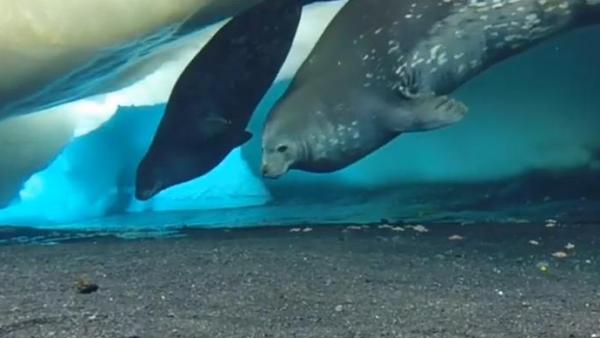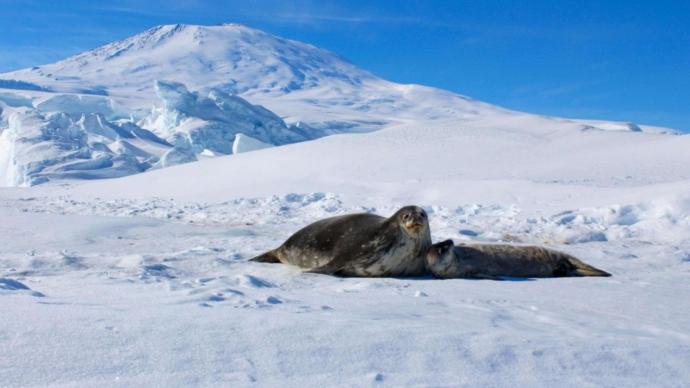
• Breeding female seals transfer iron from the liver to the bloodstream and then to the milk. Their average dive time is about 5 minutes shorter.
·During lactation, female seals may lose 100-150 kg of body weight, relying mainly on energy and nutrients previously stored in the body.
During reproduction, the allocation of limited resources has important implications for the future survival of females and their offspring. Most previous studies have shown that marine mammals experience a dramatic decline in body weight and lipid reserves during lactation. But in addition to calories, female marine mammals pass on micronutrients, hormones and other bioactive compounds to their offspring through milk.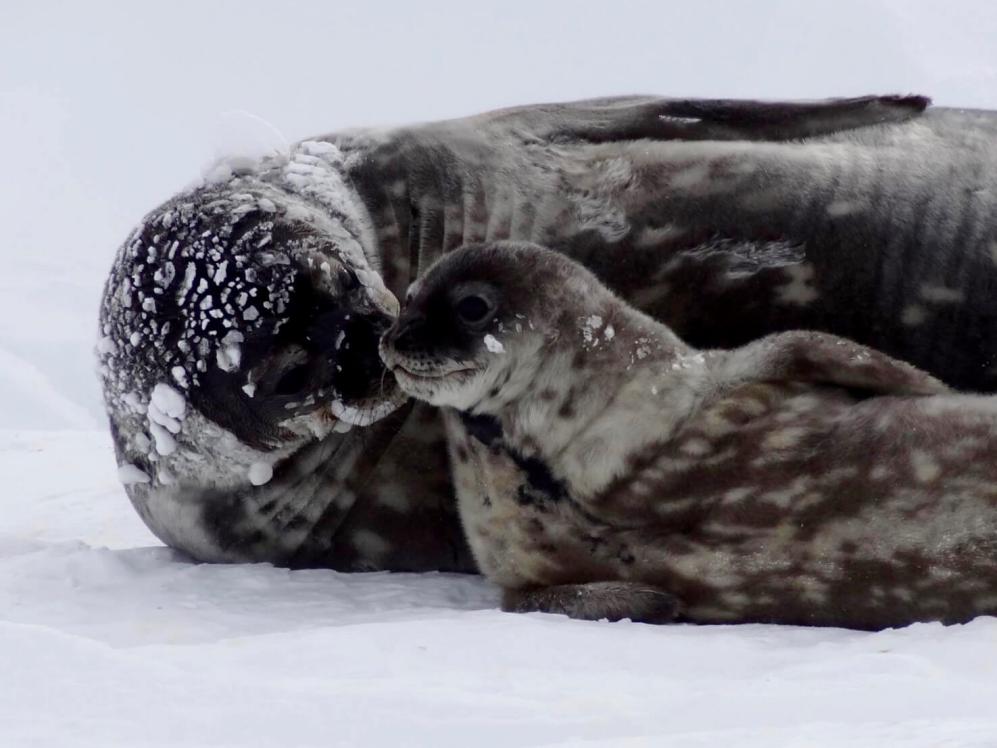
Why iron?
They can combine with oxygen.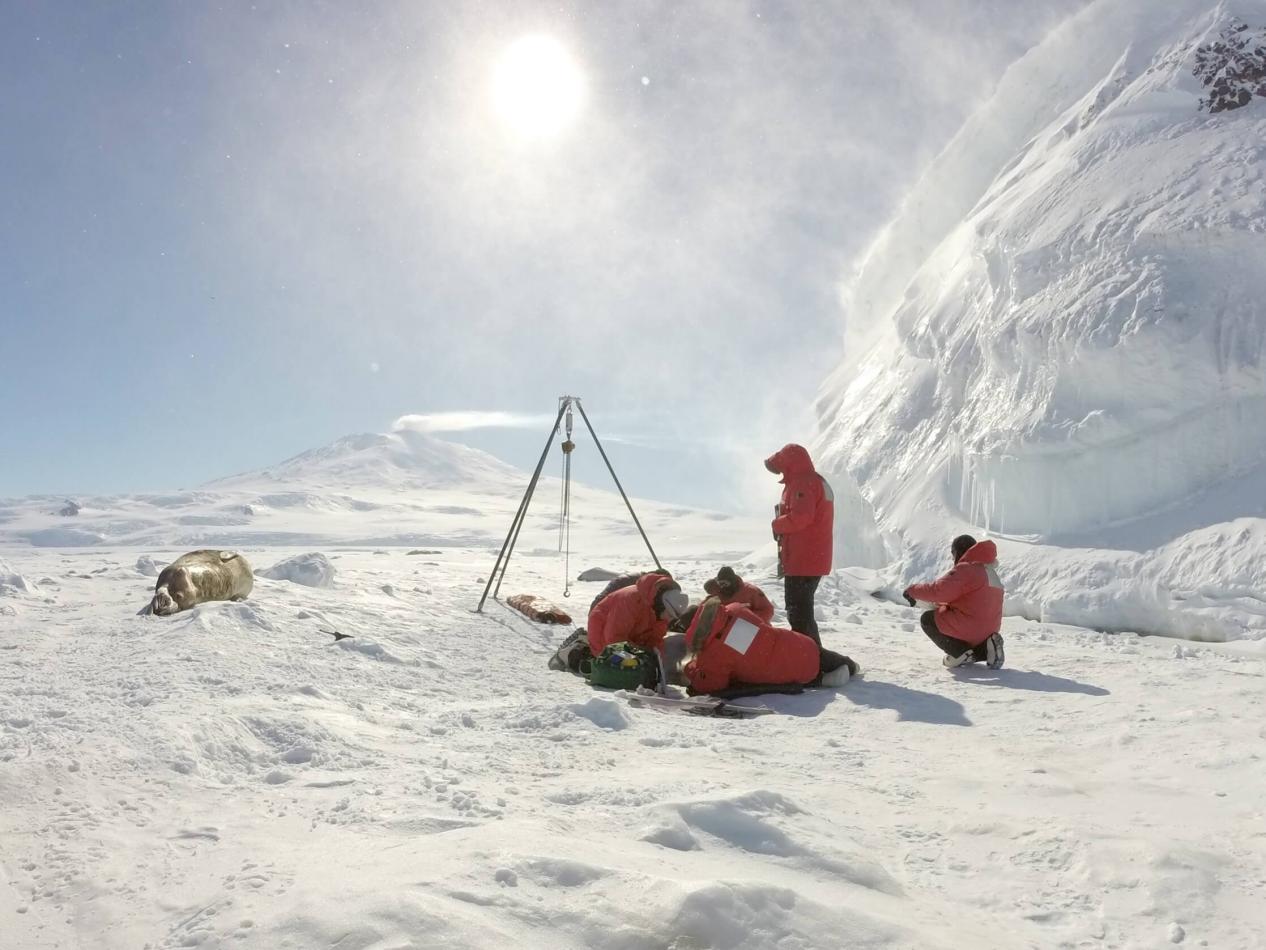
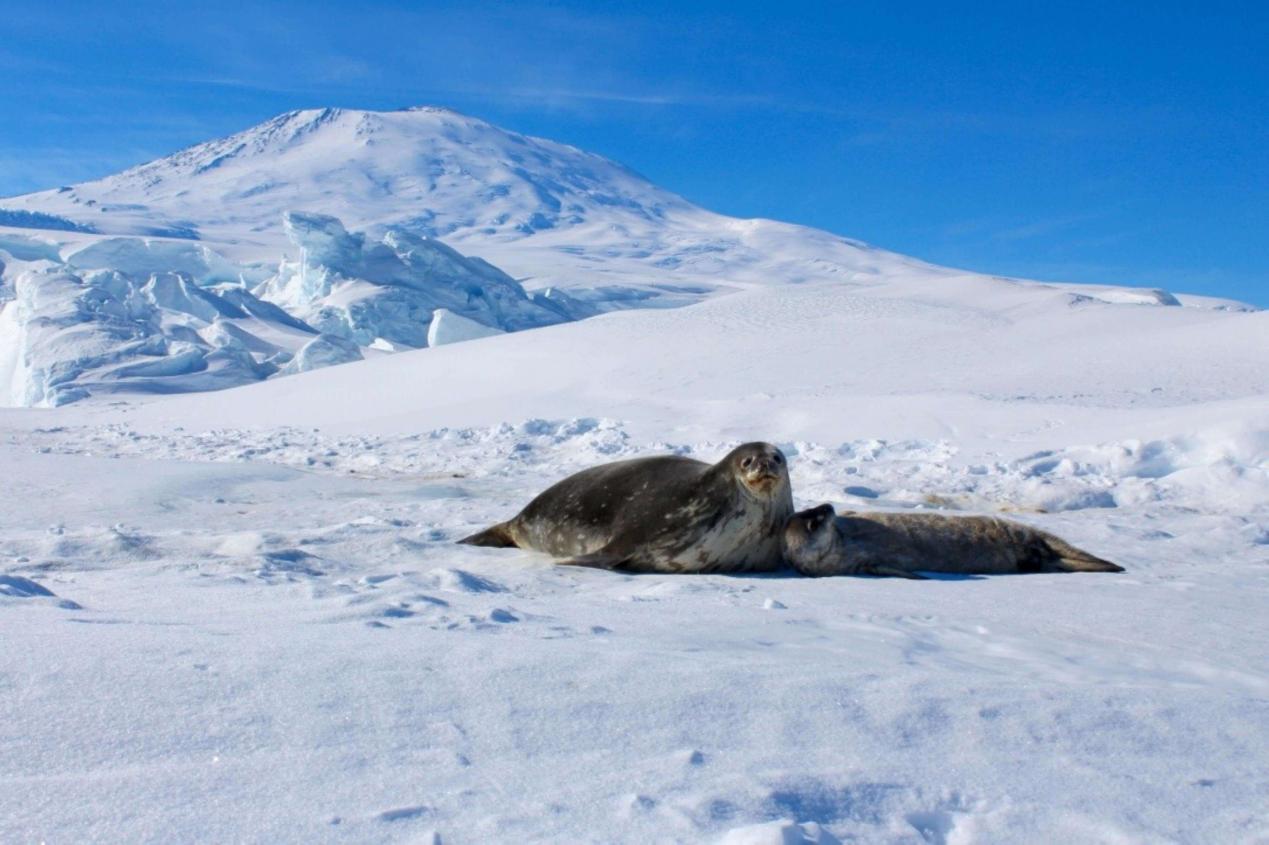
Michelle Shero of the Woods Hole Oceanographic Institution and colleagues monitored female seals between 2010 and 2017. They analyzed the blood and milk composition of the female seals, and corresponding changes in diving behavior.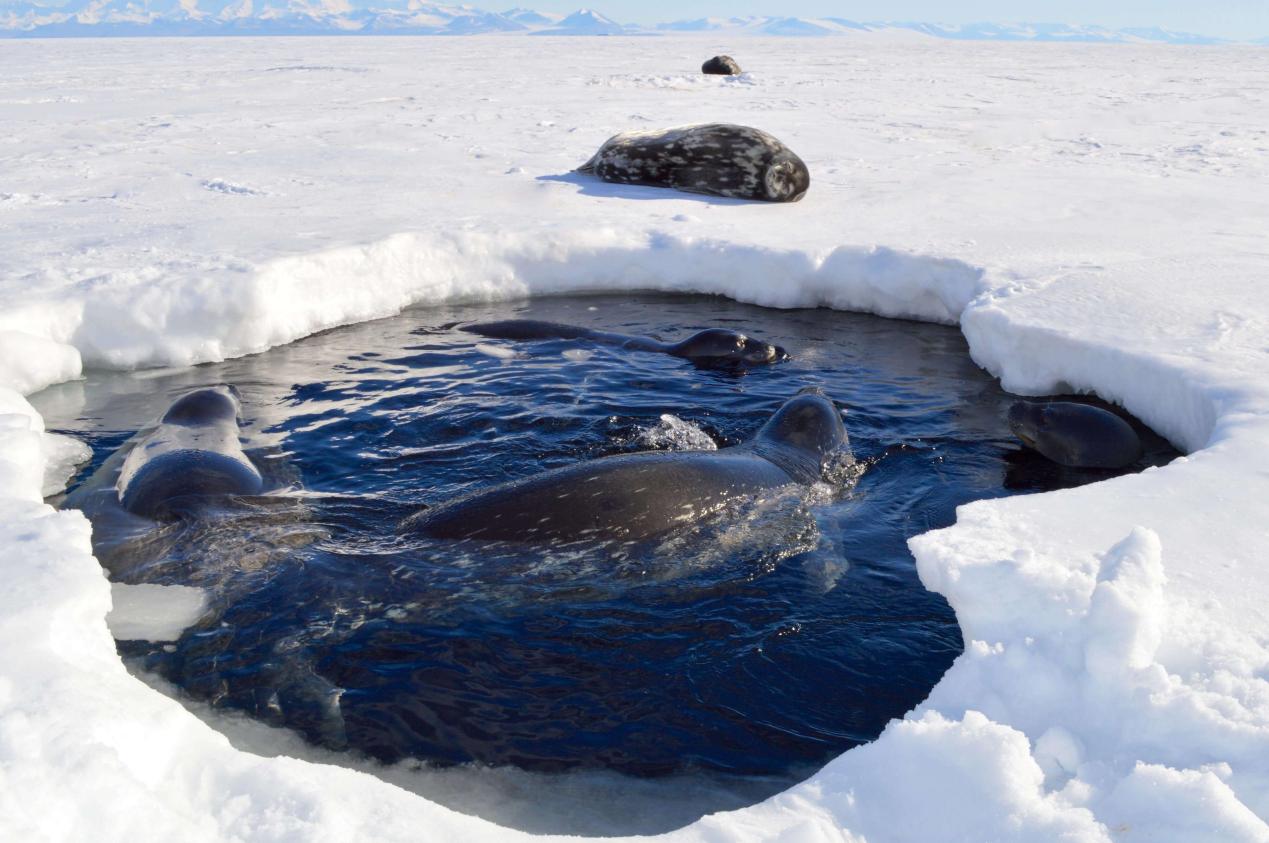
The authors suggest that this iron transfer not only reduced the females' iron reserves after weaning, but also shortened their average dive time by about five minutes compared with non-breeding females.
·During lactation, female seals may lose 100-150 kg of body weight, relying mainly on energy and nutrients previously stored in the body.
A female Weddell seal and her cub underwater Video Credit: Michelle Shero (00:58)
Another example of maternal love?During reproduction, the allocation of limited resources has important implications for the future survival of females and their offspring. Most previous studies have shown that marine mammals experience a dramatic decline in body weight and lipid reserves during lactation. But in addition to calories, female marine mammals pass on micronutrients, hormones and other bioactive compounds to their offspring through milk.

A Weddell seal on Antarctic sea ice is caring for its cubs. Michelle Shero
Weddell seals transfer iron from their livers to their milk to improve the diving ability of their offspring, according to a study published in Nature Communications. This sacrifices the female seals' own diving abilities, reducing their diving depth and duration.Why iron?
They can combine with oxygen.

The research team studied a Weddell seal at a site on Hutton Cliffs, Antarctica, in sunny and windy weather. The smoke in the distance came from Mount Erebus, the southernmost active volcano in the world.
Weddell seals are known for their diving abilities, they typically dive for about 20 minutes, with the longest recorded dive being 96 minutes. This ability is inseparable from the abundance of ferritin in their blood and muscles.
A female Weddell seal with her baby in front of Mount Erebus
Compared with other members of the seal family, Weddell seals have a longer lactation period of 6-7 weeks. During lactation, female seals may lose 100-150 kg of body weight , relying mainly on energy and nutrients previously stored in the body. Female Weddell seals don't breed every year, allowing researchers to compare "breeding females" with "non-breeding females" over different seasons.Michelle Shero of the Woods Hole Oceanographic Institution and colleagues monitored female seals between 2010 and 2017. They analyzed the blood and milk composition of the female seals, and corresponding changes in diving behavior.

A Weddell seal in an ice cave, ready to dive.
The researchers found that females with pups had elevated iron transfer indices during lactation, but not in non-breeding females. Breeding female seals transfer iron from their livers to their blood and into their milk, which reduces their own iron stores. This process produces milk with up to 100 times the iron content of terrestrial mammals.The authors suggest that this iron transfer not only reduced the females' iron reserves after weaning, but also shortened their average dive time by about five minutes compared with non-breeding females.
Related Posts
0 Comments
Write A Comments
